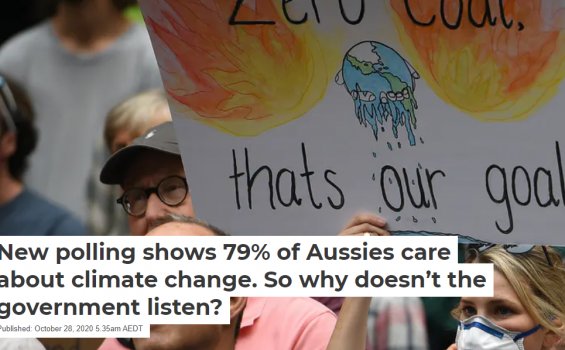
How is the world getting warmer?
23 May 2024
The Earth is warmer than it otherwise would be considering its distance from the sun. This was a problem that fascinated 19th century earth scientists. The concept that the properties of gases such as CO2 and water vapour was the cause of this discrepancy was first proposed by pioneering woman scientist Eunice Foote in 1856 and confirmed by experiment 3 years later by John Tyndall.
There are three ways heat can be transferred; conduction through solids, convection through gases or fluids in the atmosphere or the ocean, and radiation which is the only way heat can travel through space and the only way that the earth cools down . Within our atmosphere there are gases that interact with outgoing heat radiation from the warm Earth’s surface. These gases are called greenhouse gases, the most common being Water Vapour, Carbon Dioxide and Methane.
Water vapour is the most common of the greenhouse gas, but it does not remain a gas. It condenses as clouds in the sky, releasing rain and snow, and condenses as dew on the earth’s surface. CO2 and methane are the primary drivers of the enhanced greenhouse effect while water vapour amplifies the effect of any temperature increase as it more easily stays in a gaseous state at higher temperatures.
As the sun’s radiation hits the earth, some is reflected back into space by snow, ice, and clouds, the rest warms the surface. The warm surface then radiates heat back out to space. The greenhouse gases in the atmosphere absorb some of the warm radiation from the surface preventing it from escaping out of the atmosphere. The more greenhouse gases in the atmosphere, the more heat is absorbed. This has been measured both by satellites and by detectors on the surface. You may have experienced it yourself where a cloudy night is warmer than a clear night, the water vapour is keeping the heat in.
Atmospheric CO2 concentration has been directly measured since 1958 rising from 310ppm (parts per million) to 424ppm today. The safe level of carbon dioxide in the atmosphere is 350ppm, a level that was passed in 1986. Scientists have been able to estimate CO2 levels millions of years into the past using a mixture of techniques including ice cores, tree rings and geochemistry, confirming that it is at its highest levels in 14 million years.
Records over the last two to three hundred years give us an accurate estimate of the amount of fossil fuels we are burning on a yearly basis. Of the total amount of CO2 we have emitted, approximately half has gone into the atmosphere, the other half has been dissolved in the ocean (resulting in significantly increased ocean acidification) or absorbed by additional plant growth. There is overwhelming evidence that the earth is getting warmer because of rising CO2 in the atmosphere due to the burning of fossil fuels.
As long as we keep burning fossil fuels, global temperatures will continue to rise. Climate science fully understands the causes of climate change, our burning of fossil fuels. Continued warming runs the risk of dire consequences for everyone, nowhere will be safe; longer more intense heat waves and droughts, sea level rise causing beach erosion and stronger winter storms. We all must do everything we can to transition away from fossil fuels as quickly as possible.
Sources:
- IPCC, various reports
- Andrew A. Lacis et al. Atmospheric CO2: Principal Control Knob Governing Earth’s Temperature. Science 330,356-359(2010).
- The Keeling Curve. https://keelingcurve.ucsd.edu/
Yes,it is all radiation [ND1]
The redirection is the scientifically correct one. I have had too many deniers talker about how the molecules only hold the energy a short period of time or that they transfer it to nitrogen molecules. [ND2]


Discussion